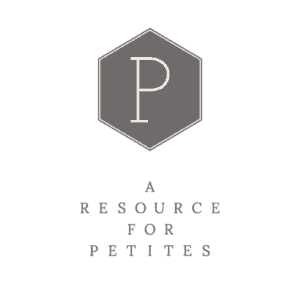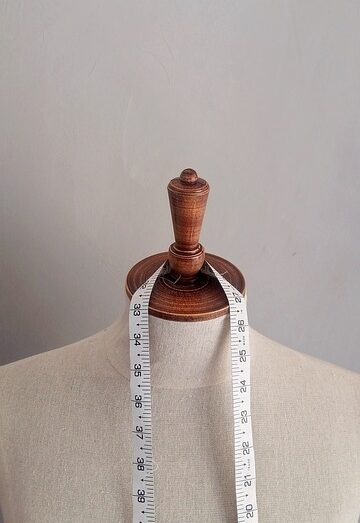It may seem obvious when clothes don’t fit you properly, however, some indicators aren’t so obvious or well-known. If you have a body type that doesn’t align with the fashion industry’s “standard” size and shape, then you understand the struggle of finding clothes that fit properly. Understanding whether your clothes fit properly is important for both an appropriate, flattering fit, as well as comfort. Below we highlight some key indicators that your clothes may not fit properly.
Tightness or Discomfort
This may seem obvious, but if your clothes feel overly tight, constricting, or cause discomfort in any way, this is a clear indicator that they don’t fit properly. Your clothes should not restrict your movement, such as limited arm mobility or difficulty bending your knees comfortably. If you experience any of these issues, then it likely means the garment is too small or has incorrect proportions for your body type.
Pant Pockets Flaring Out
Pocket flaring is most common with trousers that have vertical or slanted pockets. When pants are too tight across the hips and bottom, the pockets will flare out, instead of laying flat. Pocket flaring is usually accompanied by wrinkles across the front of the pants, creating “whiskers.” Whiskers appear when pants are too small through the hips.
Buttons Pulling and Gaping
Button pulling can happen when you wear a button-down top that doesn’t fit properly. This is a common fit issue, especially for large-chested women. If the top is too small overall or has incorrect proportions, then gaping will occur along the button placard.
Horizontal Lines Across The Chest
If horizontal lines appear across the chest, then your top is too small, specifically at the bust. This is a very common fit issue, but especially for women who have large chests.
Visible Bulges or Creases
If you notice bulges, creases, or fabric pulling at certain areas such as the waist, hips, shoulders, or chest, this suggests the clothes are too tight and not tailored to your body shape. Clothing that fits appropriately should naturally lay flat with no visible bulging or creasing.
Excessive Fabric or Bagginess
Conversely, if you have excessive fabric bunching up, folding, or appearing loose in various areas such as the waist, crotch, or sleeves, then your clothes are too large. When you look in the mirror, observe the overall silhouette and proportions of the outfit. Your outfit should not look unbalanced or disproportionate. For instance, pants that are too long or a shirt with sleeves that are too long can disrupt the overall harmony of your appearance. In this case, you may need to size down, opt for a petite size, or try a different style altogether that may be better suited for your body type.
Collar and Neckline Issues
Pay attention to the fit of collars and necklines. If a collar feels too tight or too loose, it indicates a poor fit. One common way to determine whether the collar is too loose or too tight is by placing two fingers inside the collar (commonly referred to as the “two-finger rule”). Two fingers should fit easily. If they don’t fit easily, then the collar is too tight.
Necklines can also be a common (and annoying) fit issue. If your shirt neckline is lying too low on your chest or you’re constantly pulling it upward, then it’s likely too large or low-cut. As a petite woman, I’ve found that most v-neck t-shirts are often too low-cut for my body type and show too much cleavage. However, petite-sized v-neck t-shirts offer a much better fit with correct proportions.
Out of Place Shoulder Seams
If the shoulder seams fall past your shoulder, then the fit is likely too big (unless of course it’s a drop shoulder top). If the shoulder seams land before your shoulder, then the fit is likely too small. The should seams should naturally lay at, you guessed it, your shoulders.
Petite Tips For Achieving a Flattering Fit
- Opt for high-waisted bottoms and avoid low rise bottoms as this helps elongate your legs
- Incorporate vertical and diagonal stripes – and avoid horizontal stripes
- Know your body measurements so you understand what garment measurements will fit you best (i.e. inseam, length, sleeve length, bust, etc.)
- Choose tops that have v-necklines as this helps elongate your figure
- Try monochromatic outfits
Remember, everyone’s body shape is unique, and finding clothes that fit perfectly off the rack can be very challenging. Consider getting your clothes tailored and/or trying different brands and sizes to find the best fit for your body type.

